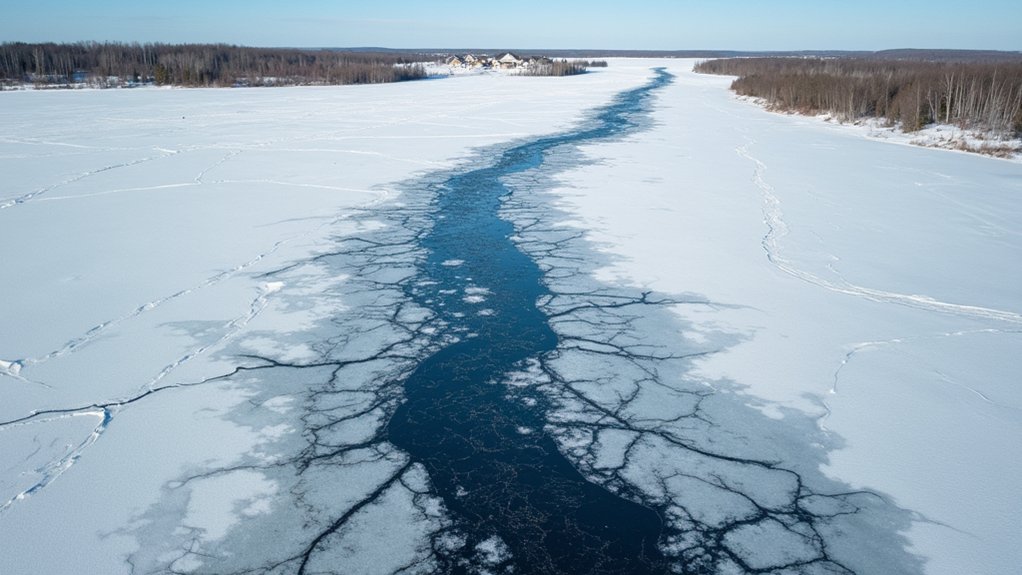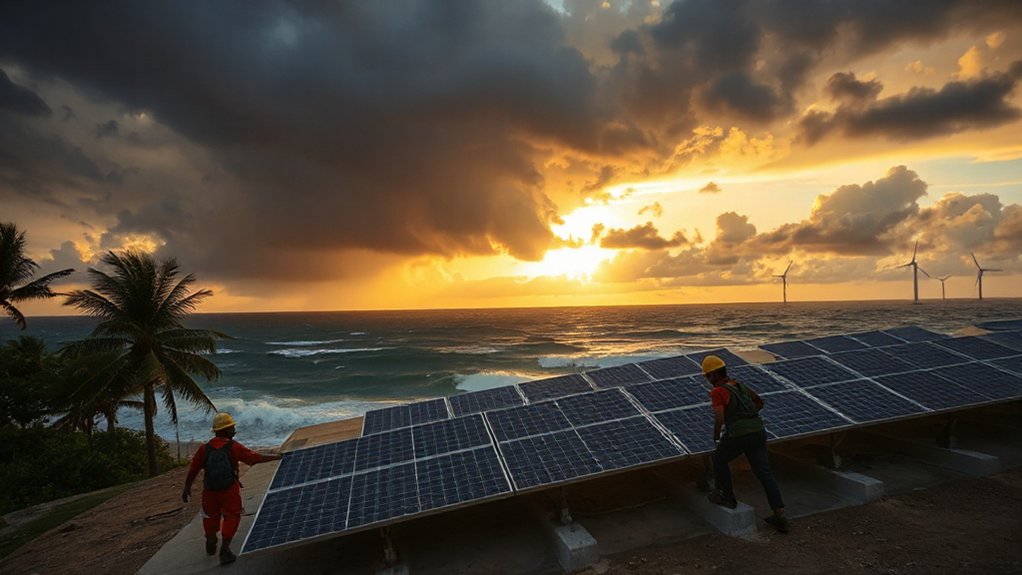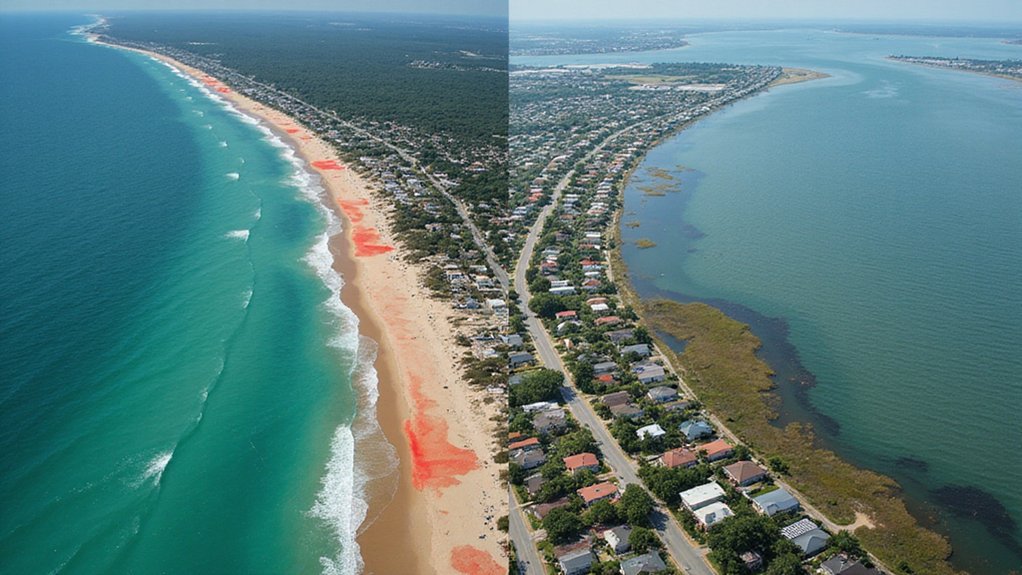As Canada faces its most severe climate challenges yet, the country is grappling with record-breaking temperatures and growing environmental concerns. The year 2024 was the hottest on record globally, and scientists predict 2025 will be nearly as warm. These high temperatures are expected to continue even as the El Niño event ends, with forecasts showing levels 1.45°C above pre-industrial averages.
For Indigenous communities in Canada’s northern regions, this warming trend poses a particular threat to ice roads that connect remote areas during winter months. These temporary highways, frozen into existence each winter, are lifelines for supplies and transportation. With warming happening faster in Arctic regions, these essential pathways are forming later, breaking up earlier, and becoming increasingly unpredictable.
Canada’s greenhouse gas emissions were 694 Mt CO2 equivalent in 2023, which represents an 8.5% decrease since 2005. While emissions have reached their lowest point in 27 years (outside pandemic years), international assessments still rank Canada poorly. The 2025 Climate Change Performance Index places Canada 62nd globally, classifying it as a “very low performer” in climate action. The country’s carbon pricing system introduced in 2019 aims to help meet Canada’s GHG emissions targets but faces challenges with exemptions for major polluters.
The economic picture shows some positive signs. Canada’s emission intensity has dropped by 34% since 2005, equivalent to removing 1.8 million cars from the road annually. This indicates that economic growth is becoming less tied to carbon emissions. The Federal government has published the final 2025 National Inventory Report that continues to track emissions data from 1990-2023.
For northern communities, however, statistics offer little comfort as they face immediate impacts. Traditional knowledge about safe ice travel is becoming less reliable as winter patterns shift. Communities that once depended on weeks or months of solid ice connections now face dangerous conditions and isolation. Transitioning to renewable energy sources could help reduce Canada’s overall carbon footprint while creating new economic opportunities in these remote regions.
Environment and Climate Change Canada continues to track these trends, offering projections and data to help communities plan. But for many Indigenous groups, the crisis isn’t about future forecasts—it’s about this winter’s road, today’s hunting conditions, and whether traditional ways of life can adapt to a rapidly warming Canada.
References
- https://ccpi.org/country/can/
- https://www.canada.ca/en/environment-climate-change/news/2025/03/2025-national-inventory-report-supports-canadas-climate-plan-is-working-emissions-have-dropped-to-their-lowest-level-in-27-years-excluding-pandemic.html
- https://www.canada.ca/en/environment-climate-change/news/2025/01/environment-and-climate-change-canadas-climate-forecasting-system-highlights-concerning-global-warming-trends.html
- https://www.statcan.gc.ca/en/topics-start/climate-change
- https://climatedata.ca/2025-forecasted-to-rival-2024-for-record-breaking-heat/








